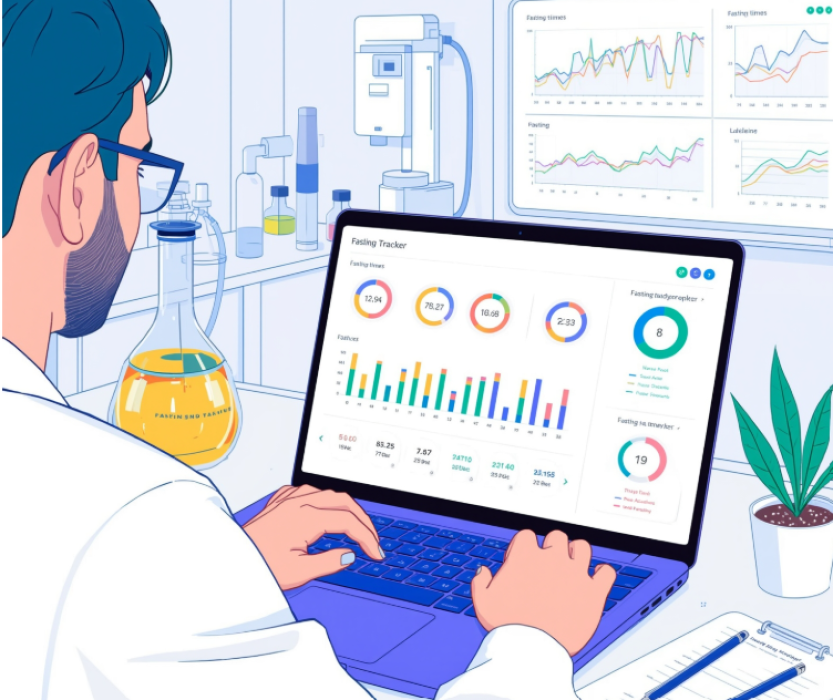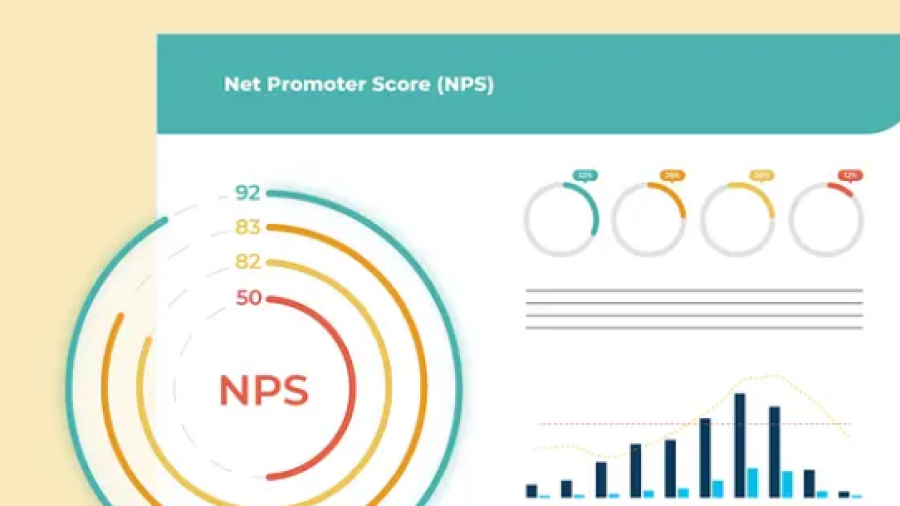Change is inevitable in today’s business environment, yet
most organizations underestimate the complexity of managing it effectively. The
financial cost of failed transformations can be staggering, but the human
cost—low morale, disengagement, and burnout—can be even more devastating.
Leaders who rush to restructure operations or implement new technologies
without addressing the human side of change often find themselves facing
resistance that derails progress.
Organizational change efforts frequently collapse not because
the strategies are flawed, but because employees are unprepared or unwilling to
adopt new behaviors. In many instances, teams experience change as something
imposed rather than something embraced. This sense of disconnection from the
process leads to frustration, misalignment, and ultimately a loss of trust in
leadership.
Traditional change management tools often fall short because
they focus heavily on processes while ignoring personal transitions. What makes
change successful isn't just execution at the organizational level, but
transformation at the individual level. This is where the ADKAR model stands
apart—it bridges this critical gap by offering a practical and human-centered
approach that aligns personal change with business outcomes.
Introducing the
ADKAR Model
The ADKAR model, developed by Jeff Hiatt,
founder of Prosci, is a structured method that focuses on guiding individuals
through change. ADKAR is an acronym that stands for Awareness, Desire,
Knowledge, Ability, and Reinforcement. These five elements represent the stages
a person must move through in order to change successfully. Unlike other models
that focus exclusively on high-level organizational tactics, ADKAR zeroes in on
the individual experience, recognizing that businesses change one person at a
time.
Awareness is the foundation. People must first understand why
the change is necessary. Whether it’s a new software system or a company-wide
cultural shift, employees need a compelling reason to engage. Without
awareness, people may comply externally but resist internally, setting the
stage for future problems. Building awareness involves transparent
communication, strategic messaging, and a strong narrative around the
"why" of the change.
To explore more about how each phase of this model plays a
vital role in successful transformation, it’s worth reviewing a comprehensive
overview on change management frameworks that outlines the mechanics and application
of each ADKAR component in detail. Understanding how to apply each
stage—awareness, desire, knowledge, ability, and reinforcement—can help
organizations navigate transitions more effectively and create a strong
foundation for lasting change. With the right strategy, the ADKAR model becomes
not just a roadmap but a catalyst for meaningful progress.
Awareness and
Desire: Building the Case for Change
Before any action can be taken, individuals must first be
made aware of the need for change. Awareness is not simply about making an
announcement or sharing a memo—it is about creating a shared understanding of
the business drivers and the risks of maintaining the status quo. When
employees understand the urgency and the rationale behind a change, they are
more likely to become active participants rather than passive recipients.
Yet awareness alone does not spark action. The next phase,
Desire, involves motivating people to engage with the change process. This is
often where change efforts stall. Leaders frequently assume that once awareness
is achieved, willingness will naturally follow. In practice, this is rarely the
case. Desire must be cultivated through empathy, trust, and by addressing
personal motivations and concerns.
Effective leaders tap into intrinsic motivators by aligning
change with individual and team goals. They create space for dialogue, listen
to feedback, and show that they value the human side of transformation. Desire
is about building commitment, not just compliance. Organizations that invest in
building emotional alignment at this stage are better positioned to move
forward with momentum and unity.
Knowledge and
Ability: Enabling Real Change
Once employees are aware of the change and committed to it,
they need the knowledge to proceed. This includes understanding how to change
and what new skills or behaviors are required. Training programs, resource
guides, mentorship, and peer learning networks all play a critical role here.
Knowledge must be contextual, timely, and actionable, not just theoretical or
generic.
Equipping employees with knowledge is only part of the
equation. Ability is the practical application of that knowledge. People must
be given opportunities to practice, receive feedback, and build confidence.
This stage often reveals hidden gaps between training and execution,
highlighting the importance of support systems such as coaching, hands-on
workshops, and on-the-job learning experiences.
Organizations that neglect the development of ability often
find that employees revert to old habits under pressure. The knowledge may be
there, but without the chance to build competence in real-world situations,
change cannot be sustained. Change leaders must ensure that employees are not
just trained but empowered to succeed, with the tools, time, and guidance
necessary to grow into their new roles.
Reinforcement:
The Key to Sustainable Transformation
Perhaps the most overlooked phase in the ADKAR model is
Reinforcement. Once change has been implemented, the natural tendency is for
individuals and teams to return to their comfort zones. Reinforcement is the
ongoing effort to prevent regression and solidify new behaviors as the new
norm. It is about embedding change into the culture, the processes, and the
recognition systems of the organization.
Reinforcement can take many forms. Recognition and rewards,
performance evaluations, feedback loops, and visible leadership support all
contribute to sustaining change. These mechanisms serve as continuous reminders
that the change is permanent and valued. Importantly, reinforcement should not
be an afterthought but a deliberate part of the change strategy from the
outset.
When reinforcement is strong, organizations see long-term
improvements and greater resilience. Employees feel acknowledged for their
efforts and are more likely to remain engaged. This stage transforms a
successful rollout into lasting impact, ensuring that the organization does not
just change but evolves. Reinforcement is the difference between temporary
compliance and permanent transformation.
Why ADKAR Works
When Other Models Fail
What makes ADKAR particularly effective is its simplicity and
focus. Unlike broader change management frameworks that prioritize strategy and
operations, ADKAR is rooted in human psychology. It acknowledges that change
happens one person at a time and builds a bridge between intention and
execution. This person-centric approach allows for more nuanced leadership and
more tailored interventions.
Other models often attempt to implement change in sweeping, top-down
fashion, which can alienate those responsible for executing it on the ground.
ADKAR’s step-by-step method ensures that individuals are not only informed but
supported at every stage of their journey. It gives managers a practical tool
to diagnose resistance and design targeted solutions. This diagnostic
capability makes it a powerful complement to broader change initiatives.
Moreover, ADKAR is not a static model. It can be scaled,
adapted, and integrated into a variety of organizational contexts. Whether
managing a small team or leading a global transformation, the model offers a
flexible yet rigorous approach to guiding change. Its success lies not in
complexity, but in its alignment with how people actually change—which, at its
core, is what makes it so impactful.
Final Thoughts:
Change Isn’t Easy, But It Can Be Guided
The pace of change in today’s business environment demands a
structured approach that balances both strategy and empathy. The ADKAR model
provides a framework that is both accessible and deeply effective, helping
leaders turn disruption into opportunity. While no model can eliminate the
challenges of transformation, ADKAR offers a roadmap that simplifies the
journey and enhances the likelihood of success.
It is easy to think of change as a process driven by systems
and structures, but in reality, it is driven by people. The organizations that
thrive are those that prioritize the human side of transformation and recognize
that true change is emotional as much as it is operational. ADKAR offers a way
to honor that truth while still delivering measurable results.
In a world where complexity often clouds clarity, the strength of ADKAR lies in its elegant simplicity. It demystifies the path forward and empowers leaders to build change-ready cultures. With a thoughtful application of Awareness, Desire, Knowledge, Ability, and Reinforcement, organizations can navigate even the most turbulent transitions with purpose and resilience.









